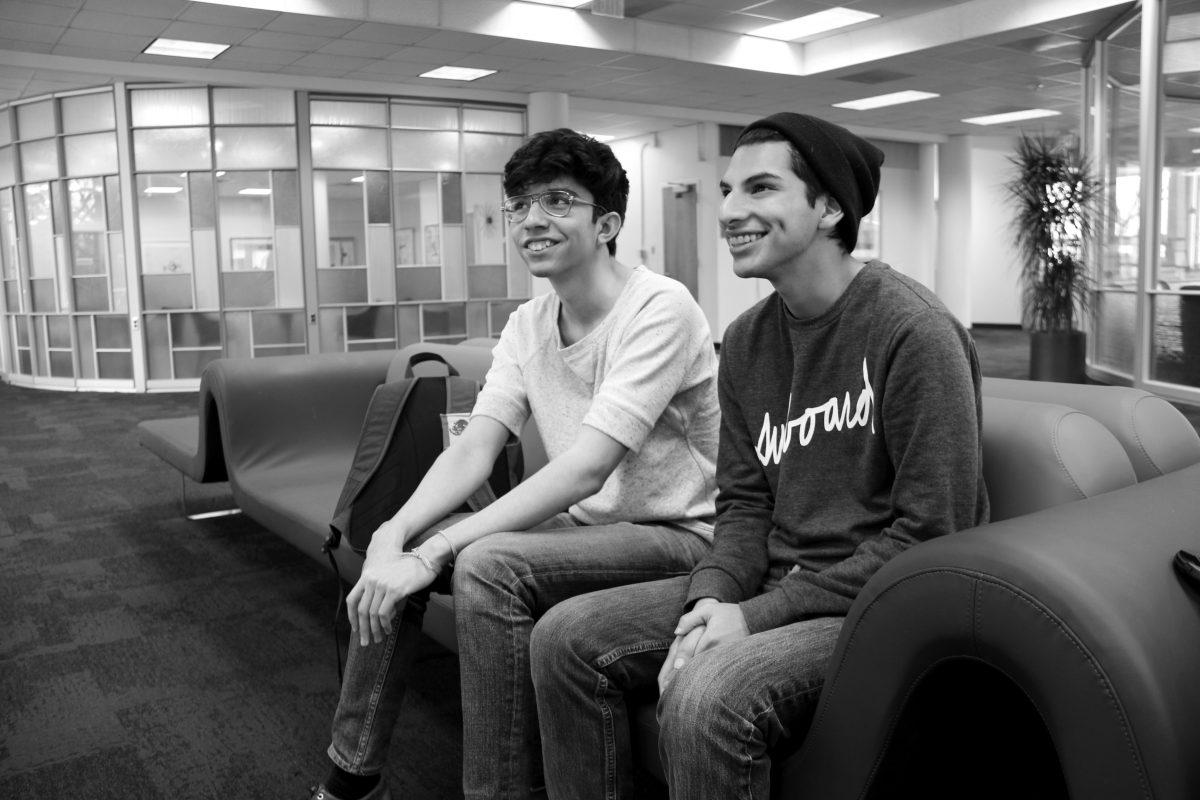Jorge Luis Acosta Solis of Charlotte didn’t know he was any different from other students until he brought his Mexican birth certificate to his drivers’ education class. On the first day they asked him for his birth certificate and other forms of identification. When he brought his birth certificate in, he was surprised at the difference between his and the American birth certificates he could see in the room.
“In Mexico it’s a big really big paper, and I never knew that,” Acosta said.
Acosta and his family are originally from Acapulco, Mexico. When he was two months old, he immigrated with his family to California and later moved to Charlotte.
When he asked a fellow classmate to see their birth certificate, Acosta was hesitant to show his. When he went home that afternoon, he realized that he wasn’t from here.
Acosta never returned to his drivers’ education class, ashamed and embarrassed.
“I never went back. I didn’t want them to see my birth certificate and make fun of me,” Acosta said.
With close to 31,000 students, North Carolina has one of the largest undocumented high school populations in the country. However, barriers to education prevent the majority of these students to continue learning. Only 2.5 percent of the 31,000 undocumented students enroll in universities and colleges in North Carolina, according to Golden Door Scholars. Tuition is often one of the largest hurdles for young undocumented immigrants since many of these students come from a background of working parents and families.
A 2010 study from the Center for Immigration Studies shows that when household size is taken into account, the per-person median household income for immigrants was 40 percent lower than for native households in North Carolina.
To combat this reality, some 18 states currently have policies allowing in-state tuition for these students. In 2001, California and Texas were the first states to allow in-state tuition rates for undocumented students, and since then, 16 other states have followed with similar provisions.
Additionally, more than five states—California, Minnesota, New Mexico, Texas and Washington—currently allow undocumented students to apply for and receive state financial aid, according to the National Conference of State Legislatures.
Not all state legislatures agree on what to do with their undocumented students, however. Arizona, Georgia and Indiana each prohibit undocumented students from receiving in-state tuition rates, and South Carolina and Alabama each have laws preventing students from enrolling in their state colleges and universities.
Jorge Luis Ramos Ramos is a senior at Middle Creek High School in Raleigh. While his classmates anxiously await decision letters from local universities, he waits, not sure if he’ll apply or if he still can.
“It’s a monolithic issue in my mind,” he said.
Ramos still remembers his first day of elementary school as a recent immigrant trying not to cry in the unfamiliar place. Thrown into a class where the teacher only spoke English, he relied on other young Latino students to get by. Since then, he’s felt more at home here than anywhere else. While he qualifies for DACA, Deferred Action for childhood arrivals program, it doesn’t create a pathway to citizenship, legal residence or in-state tuition.
“I don’t even know when the transition happened, I could just speak English,” Ramos said. Now, he finds it difficult to express himself fully in his native tongue. “I can’t articulate the same way I want to in Spanish,” he said.
His story reflects what many young Latinos go through after their parents immigrate with them in tow.
North Carolina has overturned its policy for the NC Community College System more than five times in the last 15 years, but since 2009 has allowed all undocumented students who went to a high school in North Carolina and who are able to pay out-of-state-tuition to attend programs in the system.
To take 15 credit hours at Wake Technical Community College, an out-of-state student can expect to pay $3,960 compared to $1,080 for an in-state student, almost four times as much. At public four-year universities, this amounts to an average of $20,000 in tuition alone. During high school, Acosta got involved with United 4 the Dream (U4TD) a youth-led advocacy group of the Latin American Coalition. Every year they take a trip to D.C. to talk to representatives about changing legislation and tell their own stories. His mom was worried about him coming out as undocumented and told him that he shouldn’t tell anyone so he wouldn’t get deported or get the family in trouble. In the intimate setting of the trip, things changed.
“Everybody was telling their stories, and I never talked to anybody about my issues,” Acosta said. “I thought I was the only one with them.”
The group asked more people to share their stories, and Acosta told them about how his dad had been deported, but he thought that was commonplace. The group continued giving support, and eventually Acosta told them he was undocumented, something he’d never told anyone outside of his family.
With the amount of support Acosta felt, he started regularly attending U4TD meetings and became increasingly involved. “I felt comfortable,” Acosta said.








